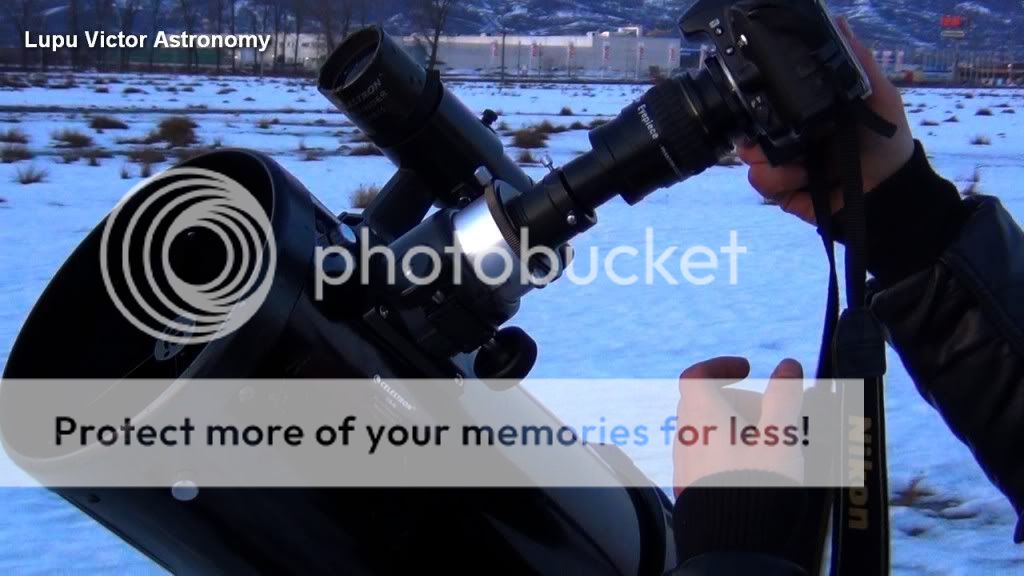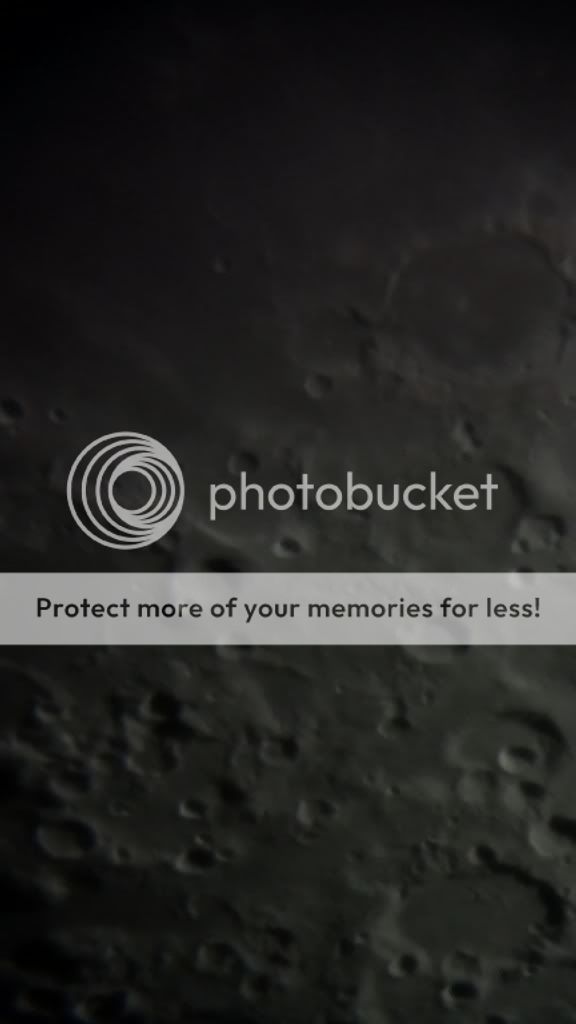This area south of the Moon, east of the crater Tycho (85 km), is almost conquered the darkness. Most "affected" crters are Wilhelm (107 km) and Montanari (77 km). To these, the interiors are in total darkness. At both are observed only the outer edges. Wilhelm D is close to the eastern edge of Wilhelm (pictured on the west side because the images are upside down).
Moon Age: 9.05 days
Phase: 70.5% (0% = New, 100% = Full)
Distance: 399.221 km
Optics: Celestron C8-Newtonian telescope, 20mm Plossl, 2x barlow
Mount: CG5 (EQ5)
Camera: Sony CX130
Filter: no
Date: 10/03/2014
Location: Baia Mare, Romania
Processing: FastStone Image Viewer










 Thursday, October 02, 2014
Thursday, October 02, 2014
 Unknown
Unknown




















